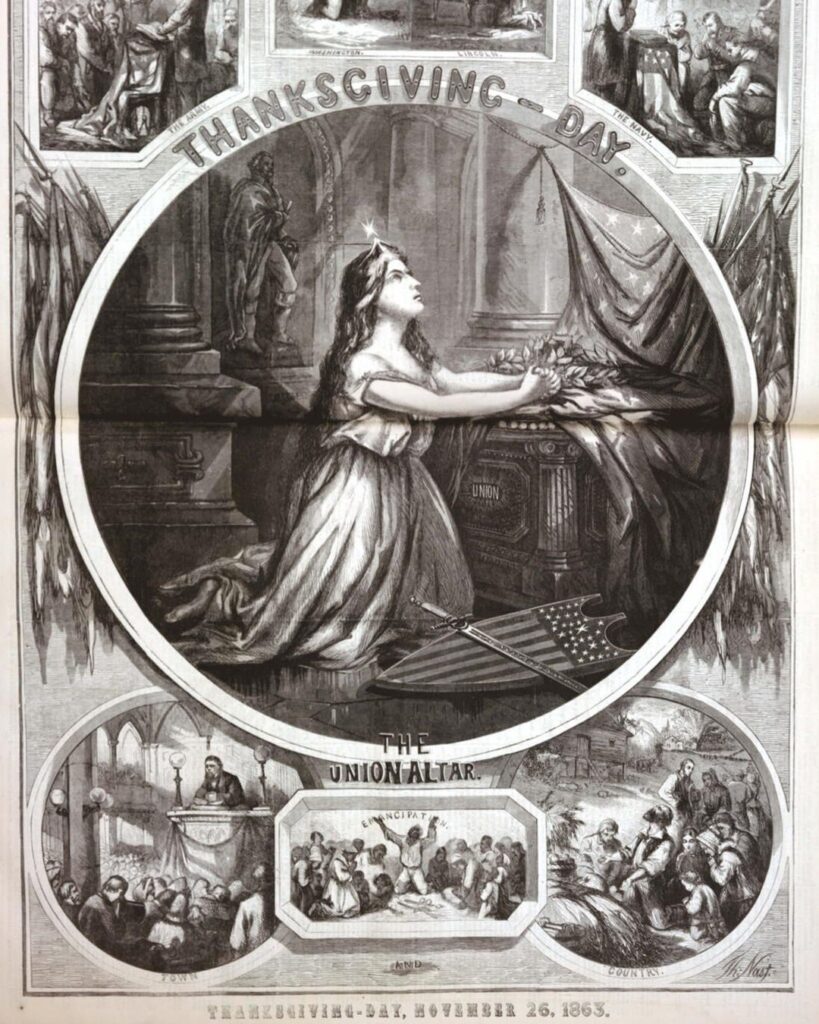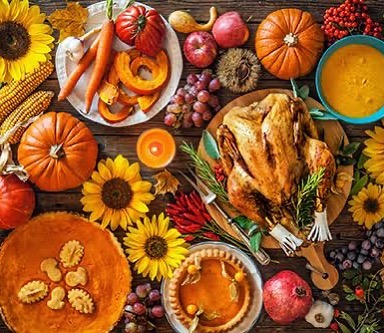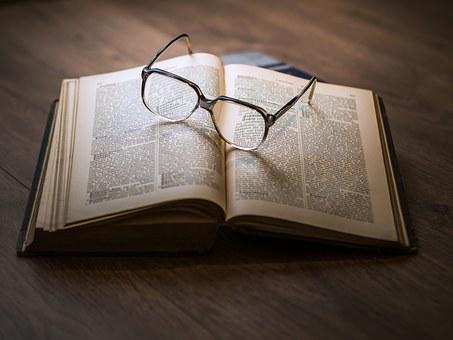Did you know that the history of thanksgiving was originally observed on December 22? As a result, it is currently observed on the fourth Thursday of November. The history of Thanksgiving is extensive and fascinating. The the history of thanksgiving dates back to 1621, when Europeans were only beginning to settle in North America.
In fact, Thanksgiving probably was not even observed back then. There are various explanations on why we celebrate Thanksgiving. Some claim it was a time for people to leave their agricultural life behind, gather with their neighbors for a feast, or at the very least, share their food.
Table of Contents
What is the the history of thanksgiving?

The history of thanksgiving in the United States is historically a time to spend with family and feast.
In most American classrooms, the history of thanksgiving begins with the Pilgrims, who were instrumental in founding Plymouth Colony in 1620 in the region now known as Massachusetts. According to the legend, helpful Native Americans shared their knowledge of how to live in what the Europeans referred to as the “New World” with the suffering colonists. After that, in the year 1621, everyone joined together for a celebration that included a feast.
The “first” Thanksgiving in the United States of America will have its 401st anniversary in the year 2022, which will be celebrated as Thanksgiving. In point of fact, though, Thanksgiving feasts stretch back to a time before Plymouth, and the peace that was celebrated on that day was precarious.
The history of thanksgiving is so dreary, in point of fact, that some individuals are reevaluating how they observe the holiday, as well as debating whether or not they should at all.
Facts about the history of thanksgiving
The history of thanksgiving: Thanksgiving at Plymouth
In September 1620, a tiny ship named the Mayflower departed from Plymouth, England, carrying 102 people, including religious separatists seeking a new home where they might freely practice their beliefs and others enticed by the promise of wealth and property ownership in the “New World.” After a perilous and miserable 66-day trip, they anchored north of their planned target at the entrance of the Hudson River at the point of Cape Cod. A month later, the Mayflower reached Massachusetts Bay, and the Pilgrims, as they are now widely called, started building Plymouth as a settlement.
During that first harsh winter, the majority of colonists stayed on board the ship, where they suffered from exposure, scurvy, and epidemics of infectious illness. Only half of the original passengers and crew of the Mayflower survived to witness the first spring in New England. In March, the surviving colonists walked ashore, where they were hailed in English by a member of the Abenaki tribe in a really remarkable encounter.
a member of the Pawtuxet tribe who had been abducted and sold into slavery by an English sea captain before escaping to London and coming home on an exploration mission. Squanto taught the Pilgrims, who were debilitated by famine and disease, how to raise maize, get maple syrup, catch fish in the rivers, and avoid toxic plants. In addition, he assisted the colonists in forming an alliance with the Wampanoag, a local tribe, is one of the few instances of concord between European colonists and Native Americans.
After the first successful harvest of maize by the Pilgrims in November 1621, Governor William Bradford arranged a celebration feast and invited the colony’s Native American friends, notably the Wampanoag leader Massasoit. The three-day event is now known as the “first Thanksgiving” in the United States, although the Pilgrims may not have used the word at the time. The majority of what is known about the first Thanksgiving is based on the writings of Edward Winslow, a Pilgrim historian, who described the following.
The history of thanksgiving: The ‘peace’ of Thanksgiving did not persist.

After Plymouth was founded, Massasoit, the Wampanoag supreme leader, sided with the English settlers and fought with them against the French and other nearby tribes. However, the relationship got strained over time.
According to the book “Historic Contact: Indian People and Colonists in Today’s Northeastern United States,” when thousands more English colonists migrated to Plymouth and seized more property, authorities imposed control over “most elements of Wampanoag life.”
Research published in the journal Quaternary Science Reviews projected that by 1620, illness had decreased the indigenous population of New England by 90 percent. The Wampanoag continued to perish from what the Europeans referred to as “Indian sickness,” an unidentified ailment introduced by the first European immigrants.
The history of thanksgiving: It is now a holiday.

The Pilgrims celebrated their second Thanksgiving in 1623, to commemorate the end of a severe drought that had imperiled the year’s crop and caused Governor Bradford to call for a holy fast. The yearly or occasional observance of days of fasting and gratitude spread to other New England colonies.
During the Revolution, the Continental Congress designated one annual days of thanksgiving. In 1789, George Washington issued the first Thanksgiving proclamation by the national government. In it, he urged Americans to express their gratitude for the successful conclusion of the country’s war of independence and the ratification of the U.S. Constitution. During their terms in office, his successors, John Adams, and James Madison, also dedicated days of gratitude.
In 1817, New York was the first of numerous states to declare an official Thanksgiving holiday; nonetheless, each state observed it on a separate day and celebrate it with bountiful foods, especially the turkey and chicken. The American South needed to familiarize itself with the custom.
Behind the history of thanksgiving

Turkey and football are traditional activities over the Thanksgiving holiday. In addition, it is a good moment to think about the many ways people all throughout the country have joined together to celebrate the holiday.
But what about the more sinister aspects of Thanksgiving’s past? While we are preoccupied with eating, drinking, and watching football on Thanksgiving, we may be oblivious to some of the more troubling parts of the history of thanksgiving. Let’s take a closer look at some of these items, shall we?
1) When the Pilgrims first landed in America from Europe, they did not express gratitude for their good fortune. They argued with the Native Americans who had been living there for decades about the ownership of the property they were standing on, and it was unclear who the rightful owner was.
2) During battles, Native Americans were known to consume the flesh of their foes in the hope that they would be shielded from harm by the warriors’ spirits for the rest of their lives (this practice is known as Cannibalism).
3) George Washington, the first President of the United States, did not express gratitude for his position because he did not believe he earned it because of his low level of knowledge (he did learn, though).
FAQs
What is Thanksgiving dark history behind?
There are several untrue tales regarding why we celebrate Thanksgiving each year. In truth, there is no evidence that American Indians ever observed this holiday before to the arrival of Europeans or even after their arrival during European colonization of North America in the 1600s and 1700s. This is because Native Americans did not observe a similar holiday until much later, when Europeans began doing so as well.
When did Thanksgiving begin and why?
The first Thanksgiving was celebrated in the United States on November 26, 1621. Abraham Lincoln designated the occasion a national holiday in 1863. Since then, it has been observed annually on the fourth Thursday of November. The history of thanksgiving is thought to have originated from a Native American harvest festival held after the crop’s last full moon in October. The colonists took this holiday as their own and celebrated it in November, the month of Thanksgiving, on the first full moon after the harvest.
What is the real first Thanksgiving story?
The original Thanksgiving narrative is perhaps one of the most well-known in the history of thanksgiving. It’s about a Native American group called the Pilgrims who arrived in what is now Massachusetts while famished after being stuck there without food or water for months. They decided to invite the nearby Wampanoag tribe to supper, and they cooked a feast that helped everyone forget their woes!
What did the Pilgrims do to the natives on Thanksgiving?
However, the Pilgrims did not have a positive connection with the local locals. Their theological ideas, which varied from those of certain Native Americans, led to a great deal of conflict with the indigenous tribes.
Conclusion
The history of thanksgiving is a subject that is both rich and controversial. Others say that the first Thanksgiving was nothing more than an orchestrated murder of thousands of Native Americans, while others argue that it was only a day filled with wonderful food and friendship between pilgrims and Native Americans. In the end, what we do know is that the Puritans were responsible for the first Thanksgiving ultimately turning into a thanksgiving festival.
This is something that we are aware of. The first “Thanksgiving” was a simple gathering that took place at Plymouth in 1621; however, the first formal Thanksgiving was celebrated in Jamestown in 1623 for assisting the colony in surviving another winter. This occurred four years after considerable dispute.

